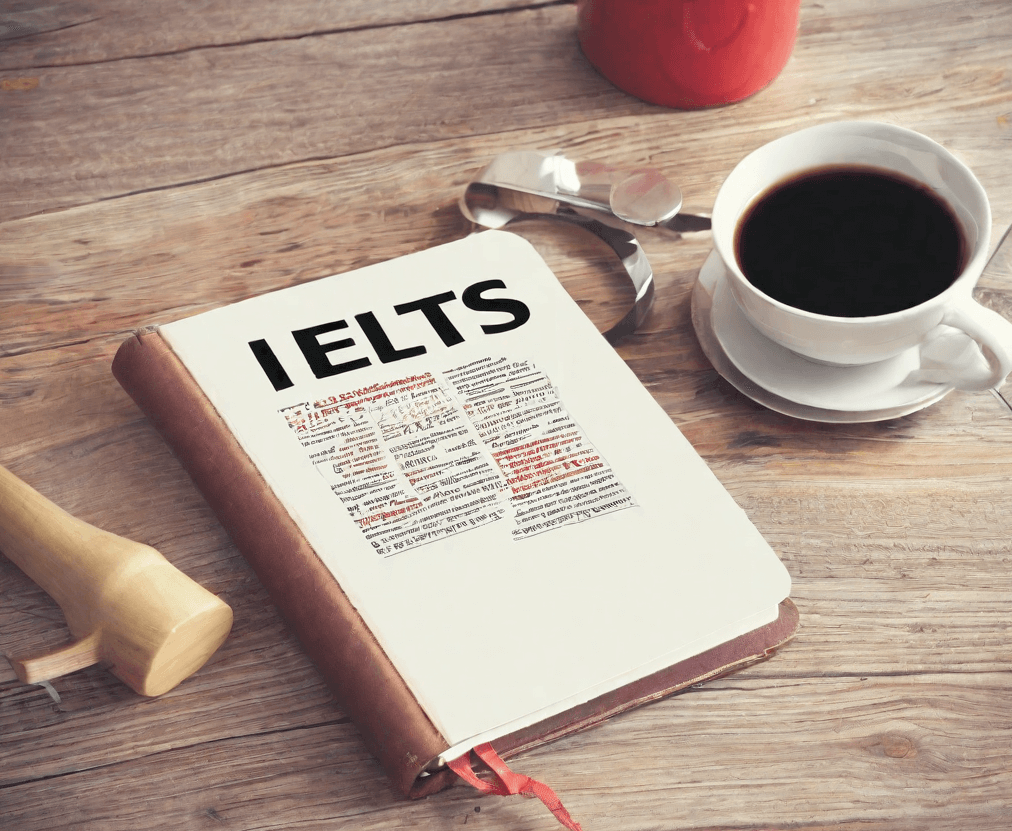What is IELTS?

Which stands for International English Language Testing System, is one of the most widespread exams used around the world by companies and universities because it evaluates your real knowledge of English. It is officially recognized in Australia, Britain, Canada, Ireland, New Zealand, South Africa and the USA. In some countries, IELTS also allows you to obtain educational credits that give you access to certain programs like Erasmus.
The advantage IELTS has over other tests is that it is available in two versions:
Academic – for people who want to apply for education or join an organization in any of the English speaking countries
General training – for people who want to enroll in non-academic courses or to establish in an English speaking country
Both formats assess students’ abilities in speaking, listening, reading and writing. The Listening and Speaking tests are the same for both formats, but the reading and writing are quite different.
Let’s have a further look at how IELTS is structured and all the sections.
Listening Section
Academic & General Training
Section 1
Two people talking about everyday situations using simple, clear language and most times, the part you need to focus on is repeated. Tip: Pay attention to given facts.
Section 2
A speaker gives a monolog about situations set in an everyday social context in a slow pace and making pauses to help understanding. Tip: Again, focus on given facts.
Section 3
Up to 4 speakers engaged in a conversation about education or training situations. The pace of the conversation is faster and includes a more difficult vocabulary. Tip: Focus not only on given facts but also on speakers’ opinions.
Speaking Section
Academic & General Training
This section evaluates your fluency, your vocabulary, your grammatical performance and your pronunciation.
Part 1
You will be asked about personal topics. There are no right or wrong answers since you have to talk about your personal experience. E.g. name, nationality, work, hobbies, likes and dislikes, place of residence, etc.
Part 2
You will be given cards related to a certain topic and you’ll be given a few minutes to take notes and prepare a monologue about them. Finally, the examiner may ask you questions about them.
Part 3
You will get involved in a discussion with your examiner about the topic presented in part 2. These questions will try to elicit your own ideas about that topic
Tips:
Talk as much and as fluently as possible.
Try not to hesitate when you answer a question (in this way, the examiner won’t interrupt you).
Show the examiner that you are relaxed and feel at ease taking this test.
Reading Section
Academic General Training You will be asked to answer 40 questions about three long passages taken from technical books, magazines, and newspapers similar to the ones you can find in a college class.This section tests your ability to read, understand the content and also what the author thinks and feels about the passage he has written.
You will be asked to answer 40 questions about 4 or 5 short passages taken from books, leaflets, magazines, etc that you may find in everyday life.This section tests your ability to understand the general meaning of the passage, some details and also, the author’s opinion and purpose of the passage he has written.
Writing Section
Academic General Training Task 1You will be asked to write a 150 report describing and analyzing the data stated in a bar chart, a line graph, a pie chart, a table and/or a diagram.
Task 2
You will be asked to write a 250-word essay on any academic topic.
Task 1 You will be asked to write a 150 word informal/formal letter.
Task 2
You will be asked to write a 250-word essay on any topic of general interest
Among the many preparation courses available for the IELTS exam, https://www.scitudy.com can offer you an effective method that guarantees you pass with flying colors! Take a look at our web page to find out more.
Leave a Reply